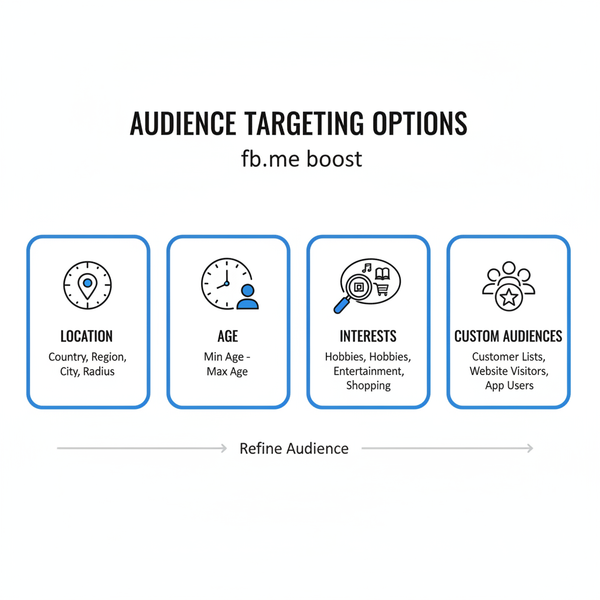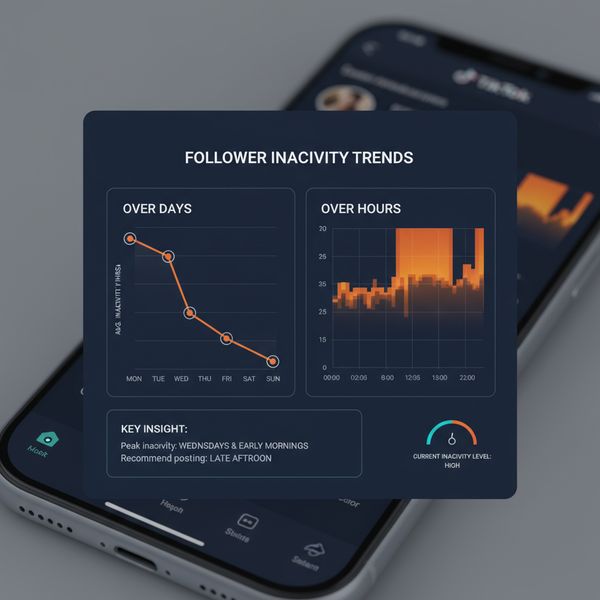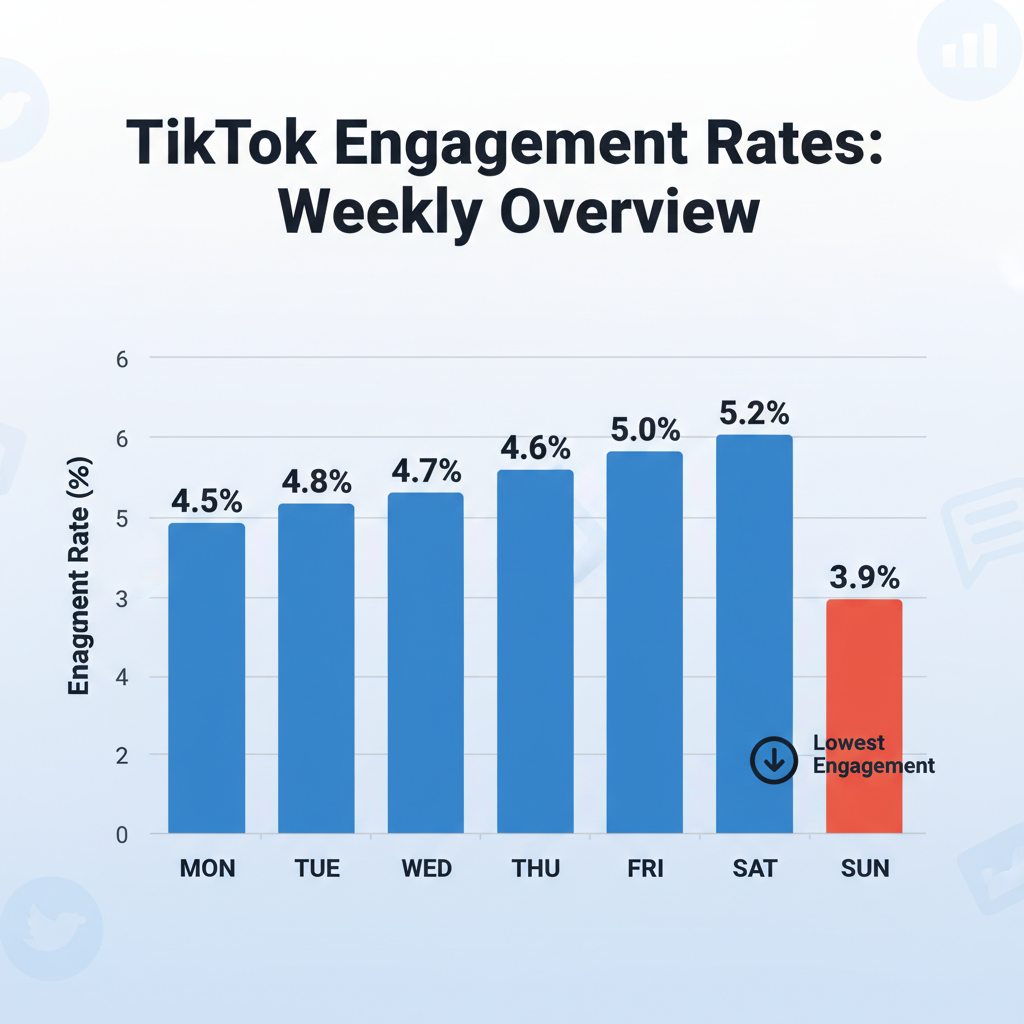What Is YouTube Used For and Its Main Benefits
Discover the diverse uses of YouTube from education and marketing to news, entertainment, and community building, plus its global cultural impact.
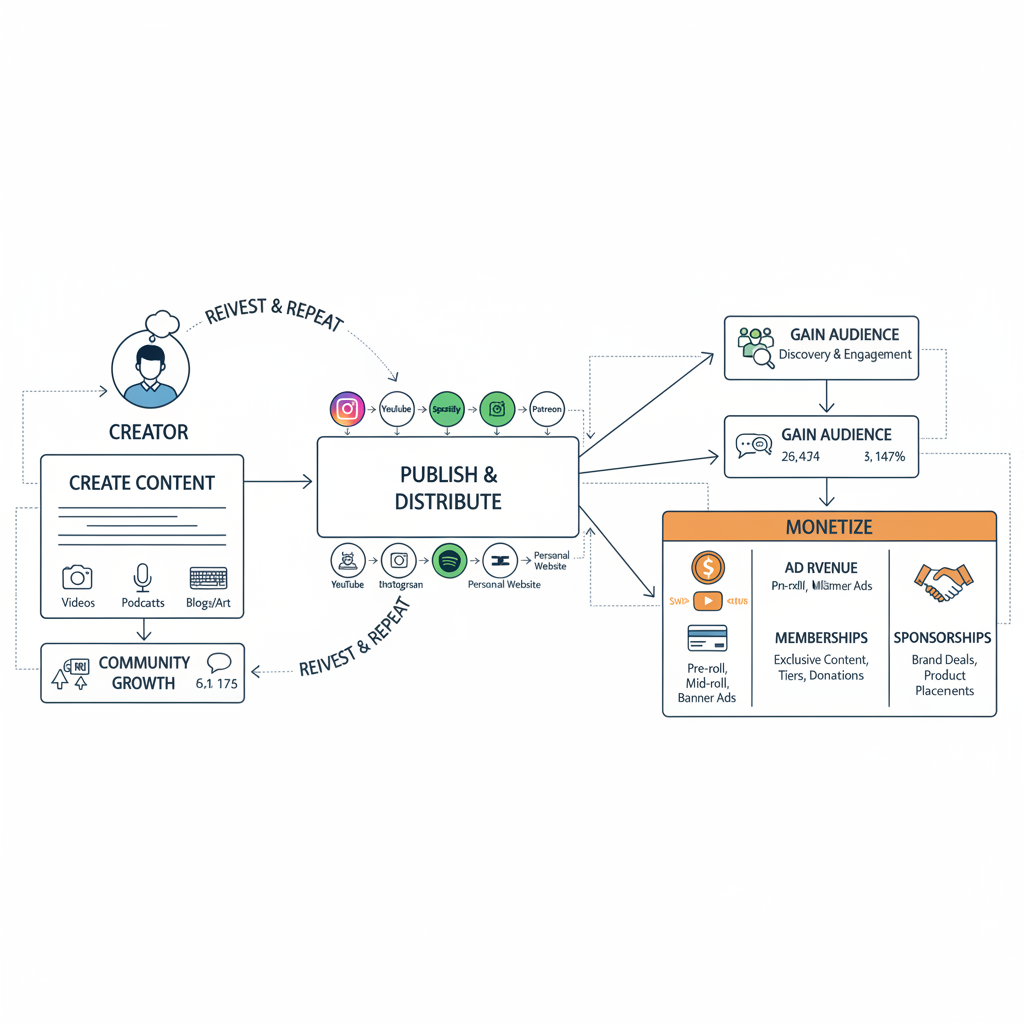
Introduction to YouTube and Its Global Reach
YouTube is the world’s largest video‑sharing website, launched in 2005 and acquired by Google in 2006. It enables billions of users to watch, upload, share, and comment on videos spanning countless genres. As of today, YouTube operates in over 100 countries and supports dozens of languages, making it accessible on nearly every internet‑connected device.
From entertainment to education, marketing to activism, YouTube has become a major hub for both casual viewers and professional creators. If you have ever wondered what is YouTube used for, the answer is multifaceted — it’s a versatile platform shaping culture, economic activity, and personal connections across the globe.

Entertainment: Movies, Music Videos, and Live Streams
YouTube’s earliest growth was driven by a rich variety of entertainment content. Today, the platform hosts:
- Movies and trailers — Official uploads from film studios.
- Music videos — Featuring global pop stars and emerging indie talent.
- Live streams — Concerts, gaming sessions, festivals, and special events.
Entertainment content is easily discoverable thanks to YouTube’s recommendation algorithms. Many artists and performers start their careers here before branching into traditional media channels.
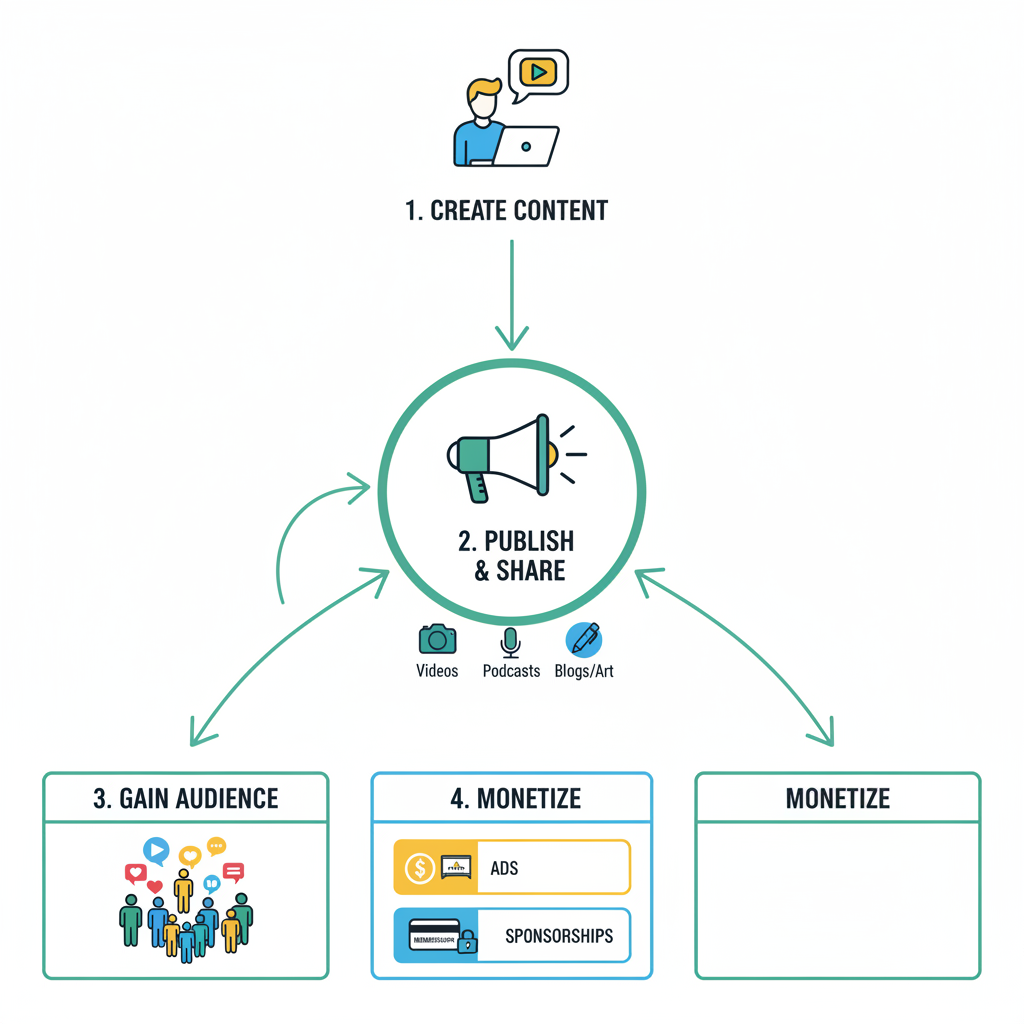
Education: Tutorials, Lectures, and How‑To Videos
For students and lifelong learners, YouTube serves as a vast, on‑demand educational library. Popular uses include:
- Recorded university lectures.
- Language learning materials.
- Technical tutorials such as coding, photography, and DIY guidance.
Whether you require a quick algebra refresher or a detailed electronics repair guide, YouTube offers free and accessible resources that can supplement formal education.
Marketing: Brand Promotion, Product Reviews, and Influencer Collaborations
Businesses leverage YouTube to reach global audiences with relatively low investment. Key marketing applications include:
- Brand introduction videos to boost awareness.
- Product reviews to build authority and trust.
- Influencer collaborations to connect with niche audience segments.
Effective YouTube marketing emphasizes storytelling and audience engagement over hard‑sell advertising.
| Marketing Strategy | Description | Example |
|---|---|---|
| Product Demos | Showing product features in action | Smartphone unboxing |
| Influencer Collab | Partnering with popular creators | Beauty brand & makeup artist |
| Brand Storytelling | Sharing corporate mission and values | Eco‑conscious clothing company |
News and Current Events: Citizen Journalism and Official Reporting
YouTube has reshaped the way audiences consume news:
- Citizen journalism — Individuals upload firsthand footage of unfolding events.
- Official channels — News networks share clips, interviews, and special reports.
- Public discussion — Comments and live chats foster interactive discourse.
This democratization of reporting allows for broader perspectives, but it requires viewers to critically assess the credibility of sources.
Community Building: Niche Interests and Fandoms
The platform encourages community engagement around shared interests:
- Gaming and esports.
- Literature discussions and virtual book clubs.
- Fandoms devoted to TV shows, films, and musicians.
Creators keep audiences engaged through live streams, community posts, and comment sections, reinforcing loyalty and connection.
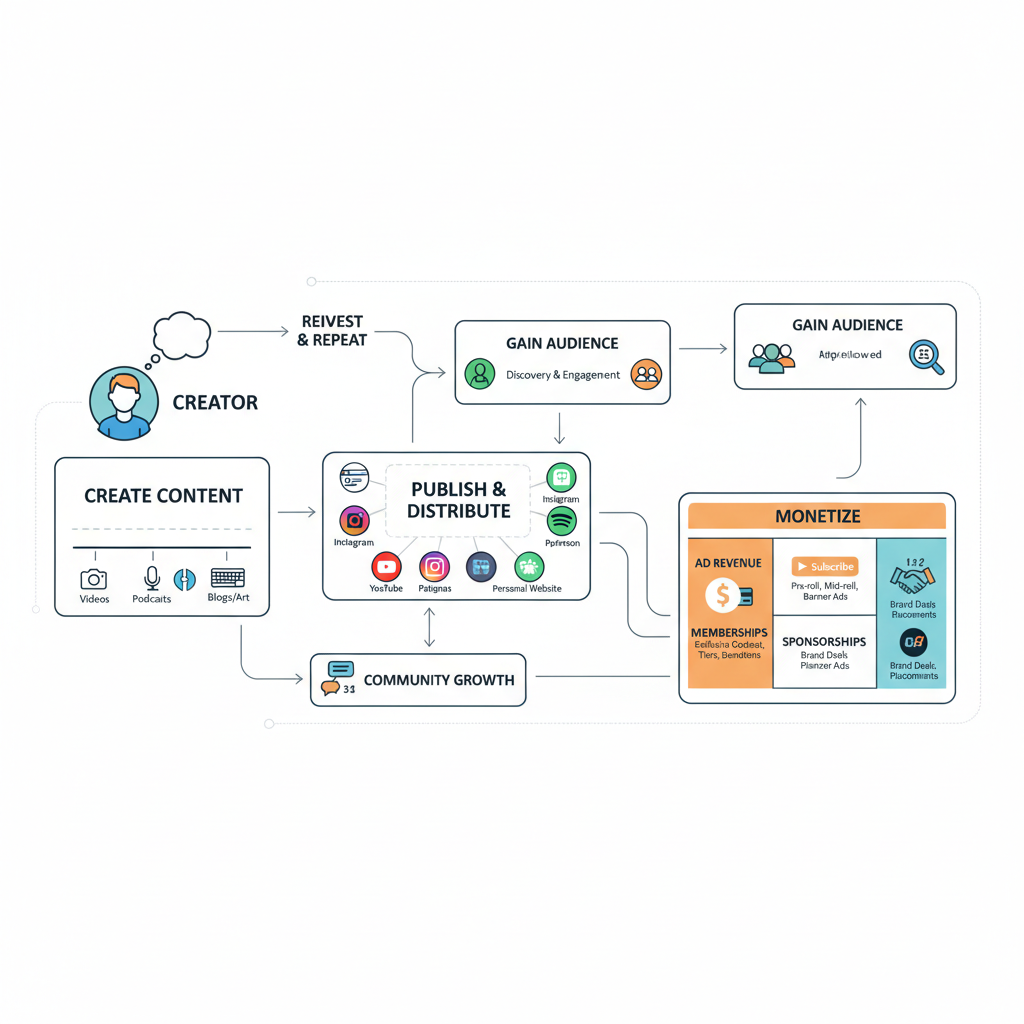
Skill Development: DIY, Cooking, Languages, and Coding
Many users turn to YouTube to learn and refine skills, enjoying content such as:
- DIY projects for home improvement or crafts.
- Cooking tutorials from hobbyists to Michelin‑starred chefs.
- Language courses presented by native speakers.
- Coding walkthroughs for all skill levels.
Supplementary resources in video descriptions — like recipes or code snippets — add practical value to skills‑based content.
Monetization Opportunities: Ads, Memberships, and Sponsorships
YouTube offers diverse income streams for creators:
- Ad revenue via the YouTube Partner Program.
- Channel memberships with exclusive perks for subscribers.
- Sponsored content in collaboration with brands.
Creators often expand earnings through merchandise sales or offering off‑platform training programs.
| Monetization Method | Requirements | Potential Earnings |
|---|---|---|
| Ad Revenue | 1,000 subs + 4,000 watch hours/year | Variable by niche & CPM |
| Memberships | Channel monetization enabled | Recurring subscription fees |
| Sponsorships | Brand partnership agreement | Fixed fee or commission |
Personal Storytelling and Vlogging
Vlogging allows creators to share personal experiences such as:
- Daily life updates.
- Travel diaries and adventures.
- Behind‑the‑scenes insights into professional projects.
These authentic glimpses help creators form lasting relationships with viewers, which can translate into loyal and engaged audiences.
Non‑Profit Outreach and Activism
Non‑profit organizations and advocacy groups employ YouTube to:
- Highlight pressing social causes.
- Mobilize volunteers and supporters.
- Run fundraising campaigns via direct donation links.
Video narratives often have a stronger emotional impact than written appeals, inspiring viewers to participate or contribute.
Benefits of YouTube for Viewers and Creators
YouTube delivers mutual benefits to its two primary user groups.
| Viewers | Creators |
|---|---|
| Access to free content across diverse topics | Potential to earn income |
| Easy learning and convenient entertainment | Global reach and influence |
| Opportunities to join communities | Direct audience interaction and feedback |
Practical Tips for Using YouTube Effectively
To maximize your YouTube experience for specific objectives:
- Define your purpose: Are you focused on education, entertainment, or marketing?
- Use playlists: Organize related content for streamlined viewing.
- Interact with comments: Build rapport with audiences.
- Study analytics: Adapt content strategies accordingly.
- Optimize metadata: Craft compelling titles and descriptions to boost search visibility.
Marketers should maintain regular posting schedules, while educators should reference reputable sources to enhance credibility.
Conclusion: Evolving Uses and Future Trends
Since its inception, YouTube’s scope has expanded to encompass education, marketing, news, activism, and more. The response to what is YouTube used for will continue to change with evolving technology and viewing habits.
Emerging trends to watch include:
- More immersive, interactive live streaming.
- AI‑curated personalized video experiences.
- Seamless integration with online shopping.
Whether you aim to learn, entertain, inform, or promote, YouTube remains a dynamic platform with unparalleled reach. Start exploring or creating today to tap into its vast potential.

